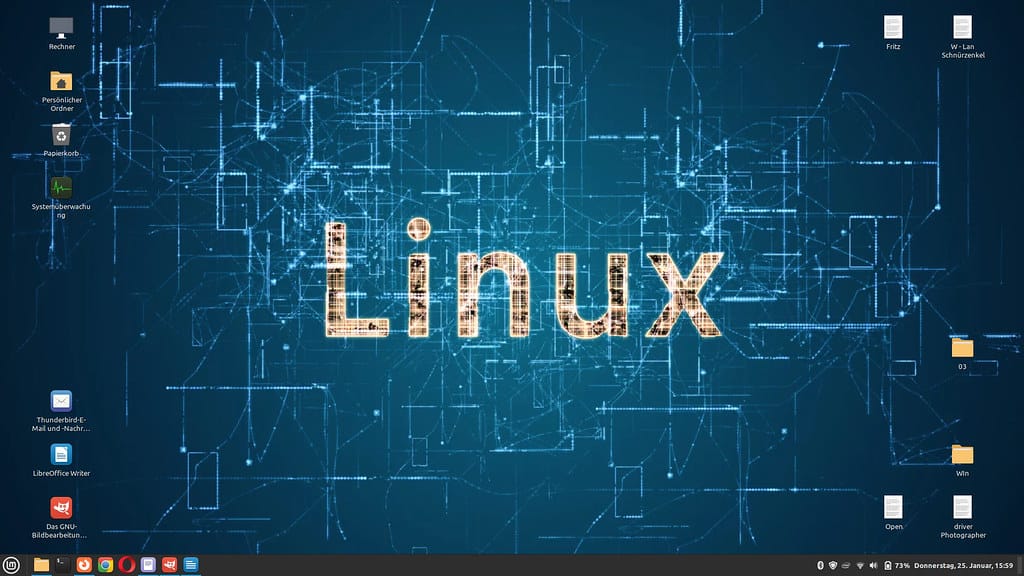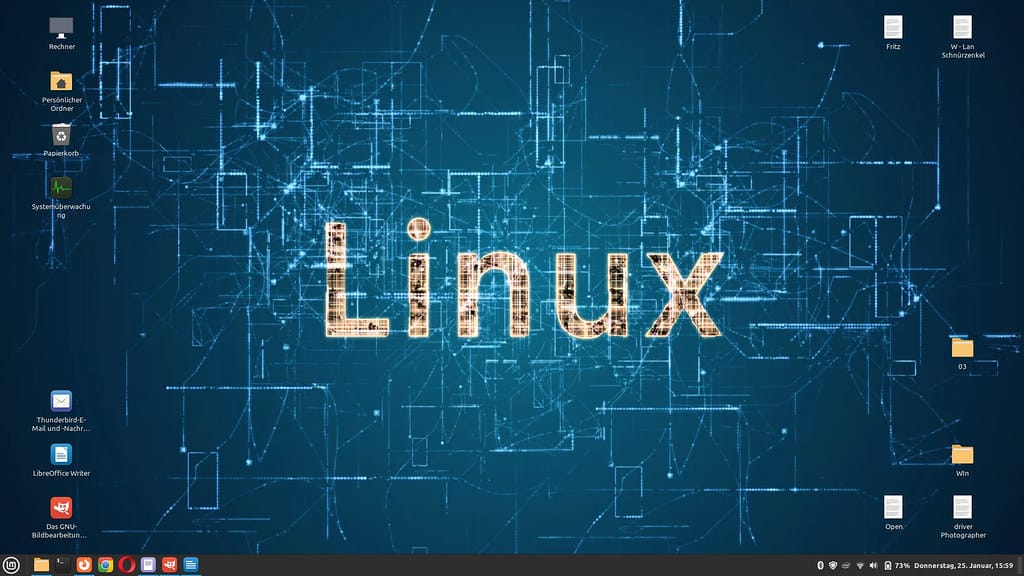EU Pushes for Linux Desktop Revolution as Microsoft Dependencies Spark Sovereignty Concerns
The European Union is accelerating its push toward digital sovereignty, with several member states launching ambitious initiatives to replace Microsoft Windows with Linux-based operating systems across government institutions. This coordinated effort, driven by security concerns, cost considerations, and geopolitical tensions, could mark the long-awaited breakthrough for Linux desktop adoption.
Germany Leads the Charge with SchlesHo Project
The German state of Schleswig-Holstein has emerged as the frontrunner in this digital transformation, announcing plans to migrate 30,000 government workstations from Microsoft Windows to Linux by 2026. The ambitious "SchlesHo" project represents one of the largest government Linux migrations in recent years, with officials citing annual savings of approximately €10 million in licensing fees.
"We want to reduce dependencies, be more autonomous, and save taxpayers' money," explained Dirk Schrödter, Schleswig-Holstein's digitalization minister. The state has allocated €22.4 million for the transition, which includes employee training and infrastructure updates—still significantly less than the projected long-term costs of maintaining Microsoft licenses.
France's Gendarmerie Success Story Inspires Broader Adoption
France's National Gendarmerie has already demonstrated that large-scale Linux adoption is achievable. Since 2004, the law enforcement agency has successfully operated over 90,000 Linux workstations, saving an estimated €50 million in licensing costs while maintaining full operational capability.
Building on this success, French government agencies are expanding their open-source initiatives. The Ministry of Education has begun piloting Ubuntu installations in select schools, while several municipal governments are evaluating Linux distributions for administrative functions.
Security and Sovereignty Drive Policy Shifts
Recent geopolitical tensions have intensified European concerns about technological dependence on foreign corporations. The EU's Digital Sovereignty Strategy, unveiled in 2021, explicitly calls for reducing reliance on non-European technology providers, particularly in critical infrastructure and government operations.
Cybersecurity incidents involving Microsoft products have further fueled these concerns. The 2024 CrowdStrike outage, which disrupted millions of Windows systems globally, served as a wake-up call for European policymakers about the risks of technological monocultures.
"Every major outage reinforces our argument for diversification," noted Dr. Maria Gonzalez, a digital policy researcher at the European Centre for Digital Rights. "Linux offers not just cost savings, but genuine resilience through diversity."
Technical Barriers Show Signs of Cracking
Historically, Linux desktop adoption has been hindered by compatibility issues and steep learning curves. However, recent developments suggest these barriers are diminishing:
Improved User Interfaces: Modern Linux distributions like Ubuntu 22.04 LTS and openSUSE Leap offer polished, Windows-like interfaces that require minimal user retraining.
Cloud-First Computing: The shift toward web-based applications has reduced dependence on Windows-specific software, making the operating system choice less critical for many users.
Enterprise Support: Companies like Canonical, SUSE, and Red Hat now offer comprehensive enterprise support packages, addressing concerns about maintenance and troubleshooting.
Economic Incentives Align with Political Goals
The financial argument for Linux adoption has never been stronger. Independent analysis suggests that large organizations can save 40-60% on total computing costs by switching to Linux, factoring in licensing, support, and hardware efficiency improvements.
Italy's South Tyrol province reported €2 million in annual savings after migrating 8,000 workstations to Linux. Similarly, the city of Munich—despite its controversial return to Windows in 2017—saved an estimated €10 million during its 14-year Linux experiment.
Challenges Remain Despite Momentum
The transition to Linux isn't without obstacles. Legacy software dependencies, staff training requirements, and initial migration costs continue to pose challenges. The city of Munich's return to Windows highlighted the importance of sustained political commitment and proper change management.
However, current initiatives appear better prepared than previous attempts. Modern migration strategies emphasize gradual transitions, comprehensive training programs, and strong vendor support—lessons learned from earlier setbacks.
The Tipping Point Approaches
With multiple EU governments simultaneously pursuing Linux adoption, 2024-2025 could represent a critical inflection point. Success in high-profile migrations like Schleswig-Holstein's could trigger a domino effect across European public administration.
The confluence of cost pressures, security concerns, and political will for digital sovereignty creates unprecedented conditions for Linux desktop adoption. While Microsoft Windows isn't disappearing overnight, the EU's coordinated push toward open-source alternatives signals a fundamental shift in the digital landscape—one that could finally deliver the year of the Linux desktop, at least within European government corridors.

